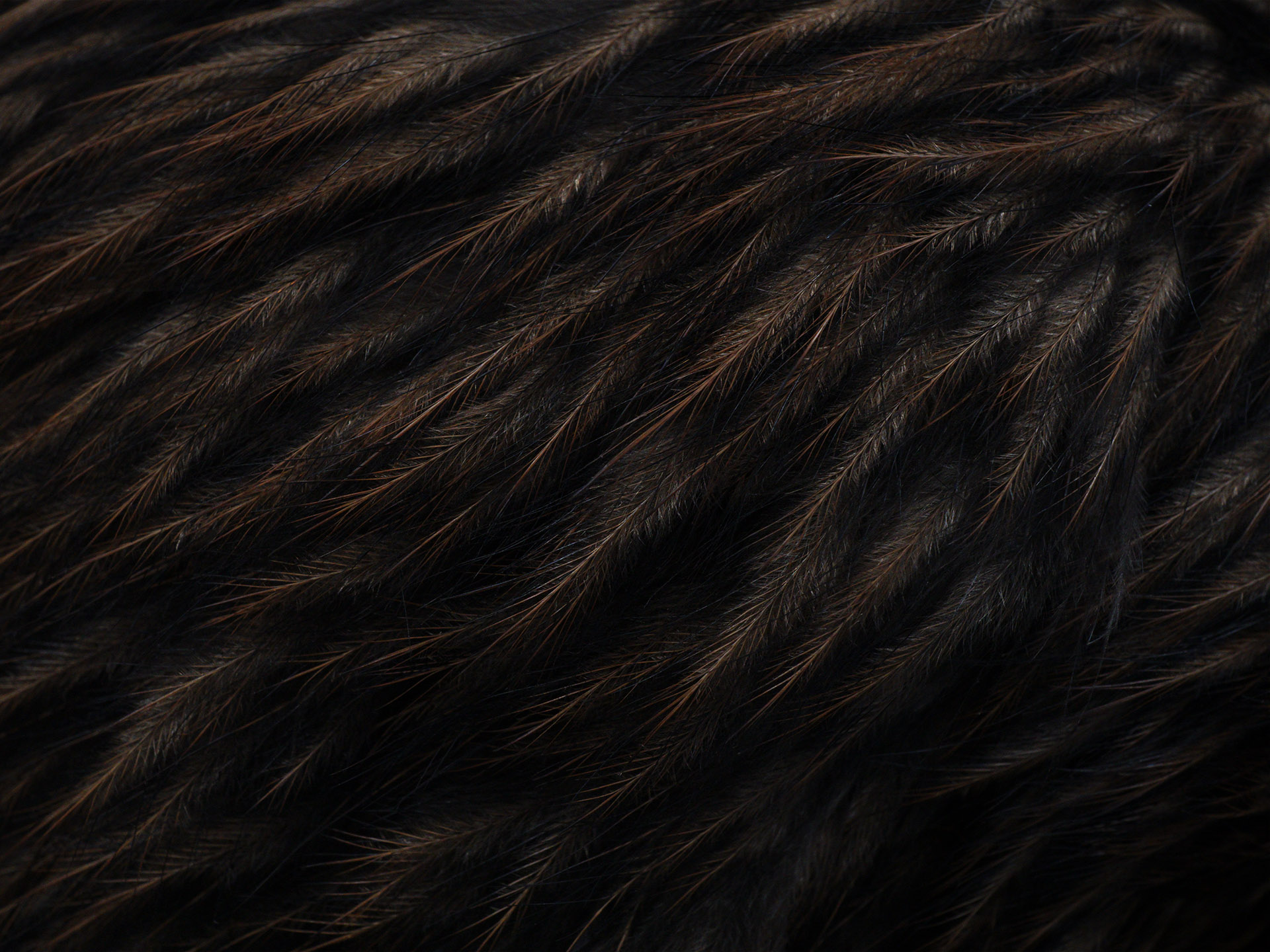MidCentral District Health Board’s Medical Imaging Department have been recognised for their $1,000 contribution to the Wildbase Recovery Community Trust, with a certificate of appreciation – presented to them by Trustee Rachel Bowen.
Department staff came to hear about the Wildbase Recovery project through their colleague, Fiona Burleigh, who – with her partner Anthony Behrens – has recently completed walking the entire South Island leg of the Te Araroa trail.
Anthony and Fiona, affectionately known as Whin and Whiona or team whiowhio, undertook the 70 day trek to raise awareness of our nationally endangered whio (blue duck’s) plight, while raising funds for both Wildbase Recovery and the Ruahine Whio Protectors.
As Whin and Whiona lost weight (a combined total of 17kgs), the imaging department team possibly gained a few kilos between them. Regular baking days provided cupcakes, slices, cakes, jams and bags of fruit to sell. Staff also donated items for a raffle that was sold throughout the hospital.
In addition to swapping recipes, team leader Di Orange says the fundraising activities made staff more aware of whio and the Wildbase Recovery project. Equipped with whiowhio posters, that adorned the staffroom walls and raffle trolley, the department were also able to engage others in the conversation as the explained what the money raised was going to.
“The fundraising provided engaging ways to bond as a team,” says Ms Orange. “A voluntary roster ensure the duties were evenly shared, we often read whiowhio’s blog to keep up to date on Fiona and Anthony’s progress, and there were always happy faces when the baking arrived”.
Despite whio being a unique endemic species to New Zealand, there are fewer than 3,000 left. That’s five per cent of the 60,000 kiwi population in comparison. It is no wonder, then, that the whio is listed as a threatened species.
Whio live in our turbulent mountain rivers, nesting in stream banks, caves and under dense vegetation. The stoat is their most significant threat, stealing eggs and attacking nesting birds and eating the young fledglings. Locally, a small population can be found in the Ruahine Forest Park.
“We think we may have seen one whio in our entire 1300 kilometre Te Araroa walk,” says Fiona. “Since our return we’ve been into the Oroua River whio protection zone and have seen four whio, including a family of three. We feel incredibly lucky to occasional ‘meeting our locals’”.
Set in Palmerston North’s Victoria Esplanade, Wildbase Recovery will provide a special place for wildlife to recover from illness and injury after treatment at Massey University’s Wildbase Hospital. In addition to permanent inflight and 14 rehabilitation aviaries, Wildbase Recovery will include a new specialised breeding aviary for whio, which Peter Russell, head aviary keeper and national co-ordinator of whio captive breeding, has helped design.
The Wildbase Recovery Community Trust is tasked with raising the $5.69m needed to build the community funded wildlife recovery centre. To date almost $2m has been raised, thanks to grants from Central Energy Trust and the Lottery Grant Board’s WW1 Commemorations, Environment and Heritage Fund.
You can read Whin and Whiona’s blog here.
